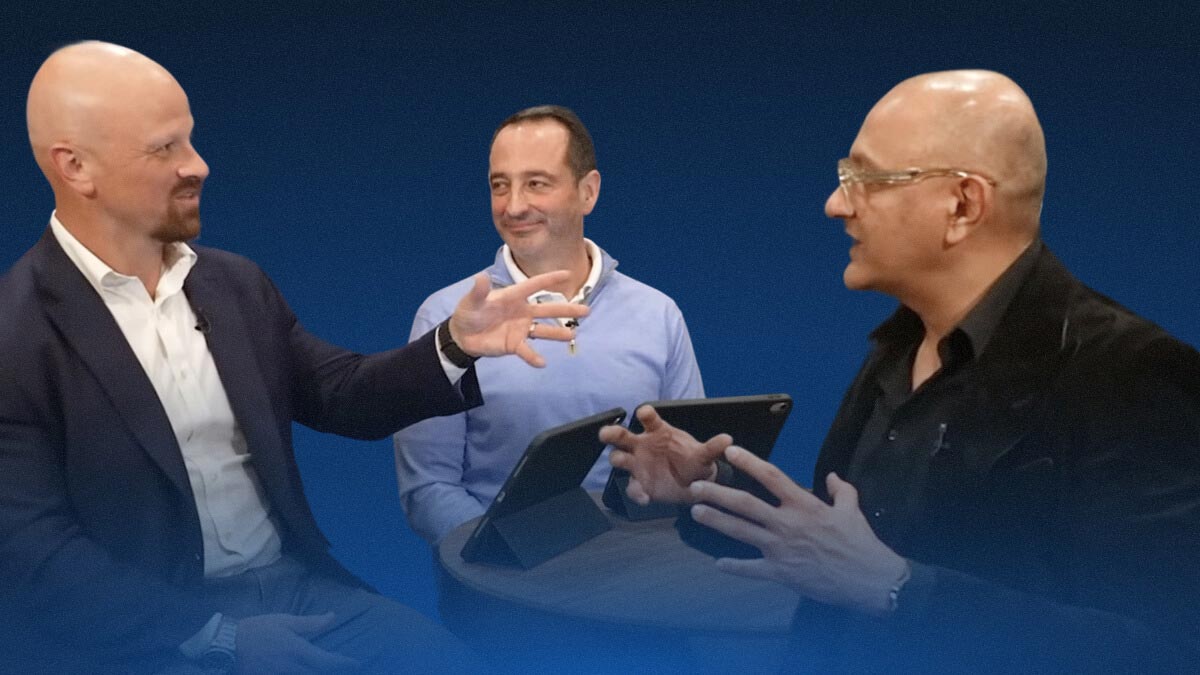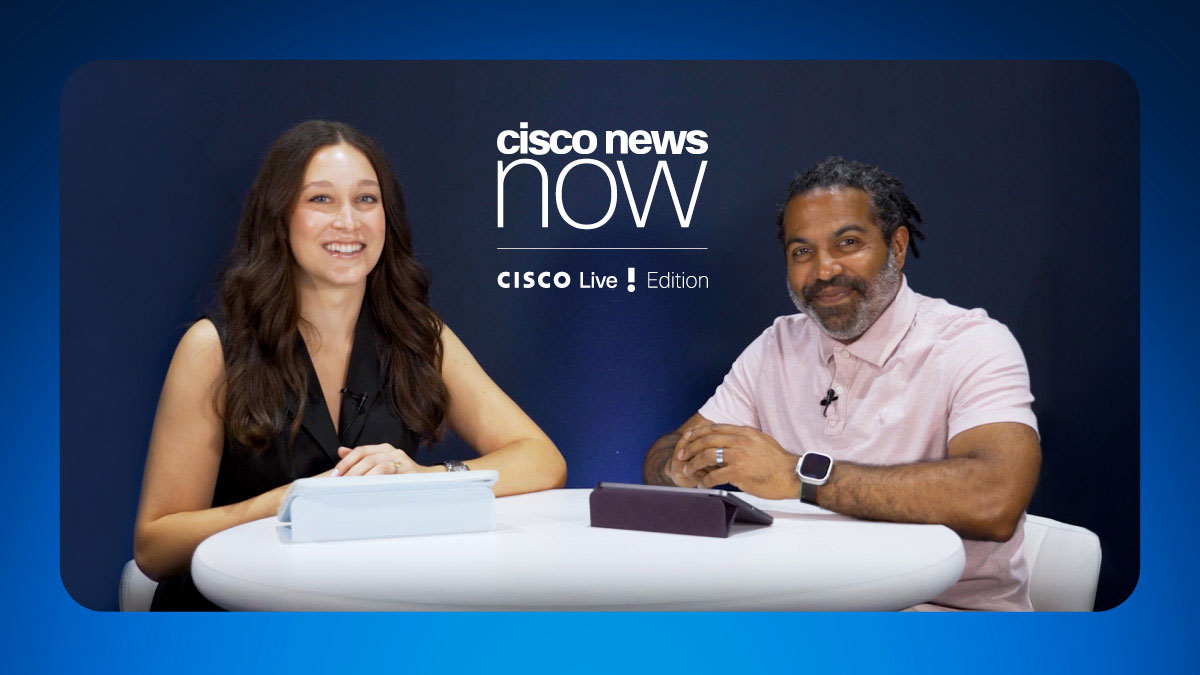SAN JOSE, Calif., June 19, 1995 -- Cisco Systems is enhancing itsLightStream 100 ATMswitch with three new standards-based softwarefunctions that will help users build large meshed networks of ATM switchesand effectively deploy virtual networks and a new generation ofsophisticated network applications.
Available in August as part of the
Dynamic IISP: Standards-Based Path to ATM Meshed Nets
Dynamic IISP is a dynamic version of the ATM Forum standard InterimInter-Switch Signaling Protocol, which has shipped with the LightStream 100since September. Dynamic IISP will allow LightStream 100s to automaticallyestablish connections and pass "reachability" data among themselves,eliminating the need for manual specification of connection paths. Trafficis dynamically rerouted around failed devices, maximizing networkreliability."Dynamic IISP is a major step in migrating users to large, fault- tolerantATM meshed networks based on the forthcoming PNNI [PrivateNetwork-to-Network Interface] Phase 1 standard," said Larry Lang, Ciscodirector of marketing for ATM products. "Our standards-based approach usesATM Forum UNI 3.0 and 3.1 signaling protocols. We also employ a link-stateprotocol similar to that anticipated in PNNI Phase 1 to exchange topologyinformation. This ensures that the LightStream 100 can interoperateimmediately with other standards-compliant switches and network interfaces.And when PNNI is finalized, Cisco will upgrade users to the completedstandard."
Point-to-Multipoint Signaling + ILMI: Foundation for LAN Emulation,VLANs
Support for ATM Forum standardThe Interim Local Management Interface (ILMI), also an ATM Forum standard,enables an ATM end station (e.g., router, switch, network interface card)to register its network address automatically with an ATM switch. ILMIeliminates the need for network administrators to perform time-consumingmanual address mapping.
Point-to-multipoint signaling and ILMI together form the foundation for theLAN Emulation(LANE) feature supported on
The LightStream 100 ATM Switch
The LightStream 100 high-performance modular workgroup/campus ATM switchoffers 16 ATM interfaces; introduced as the HyperSwitch A100, it has beenshipping since September 1994. Supported interfaces include 155-MbpsSONET/SDH OC3 over single- and multimode fiber, 155-Mbps STS3c overunshielded twisted pair, 45-Mbps DS3 and 34-Mbps E3 over coaxial cable,and 100-Mbps TAXI 4B/5B.
Posted: Jun 19 10:25:42 1995



